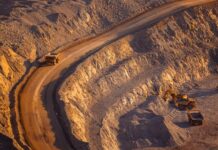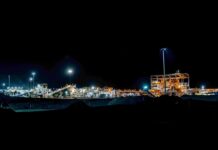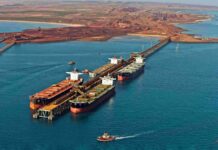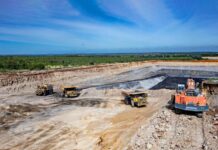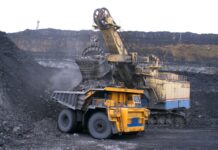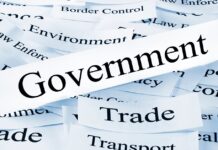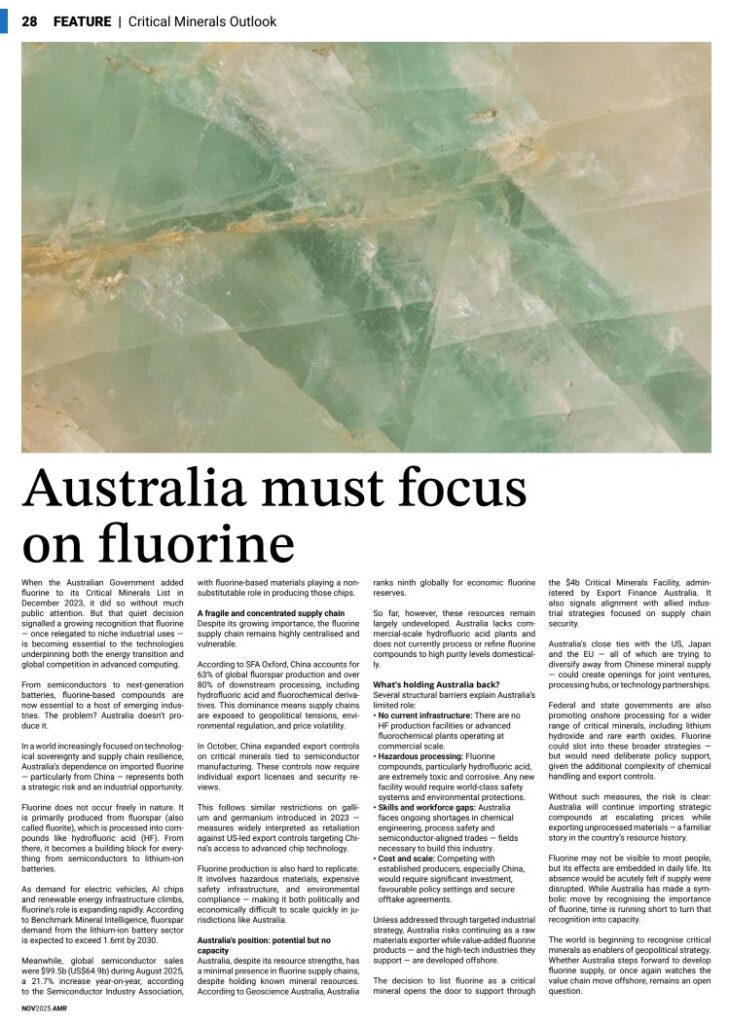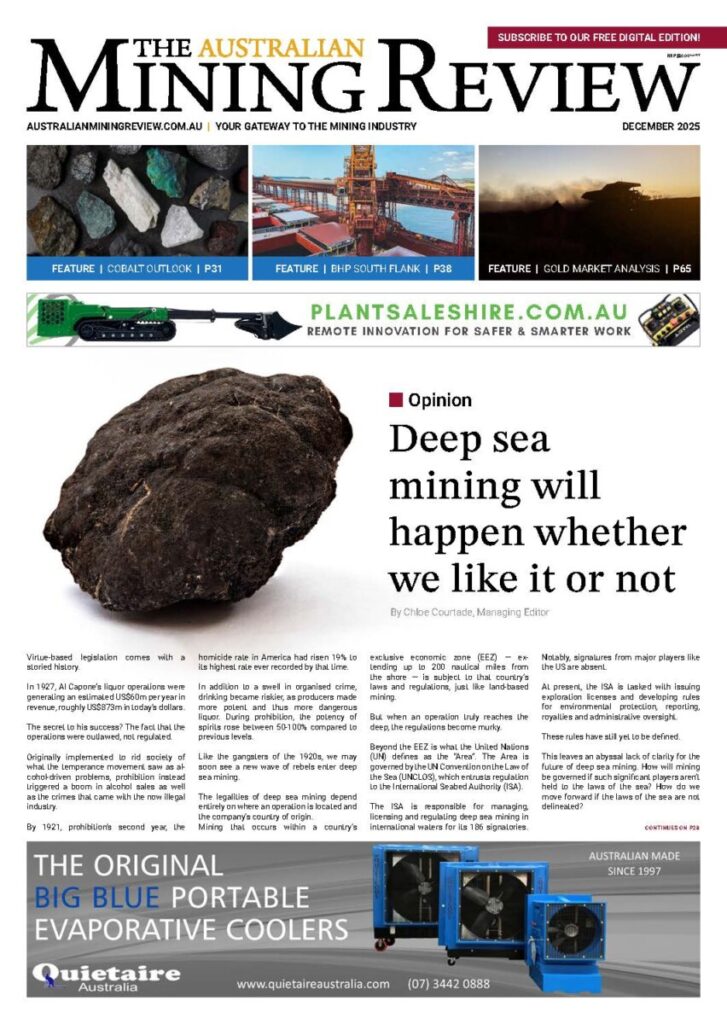Australia must focus on fluorine
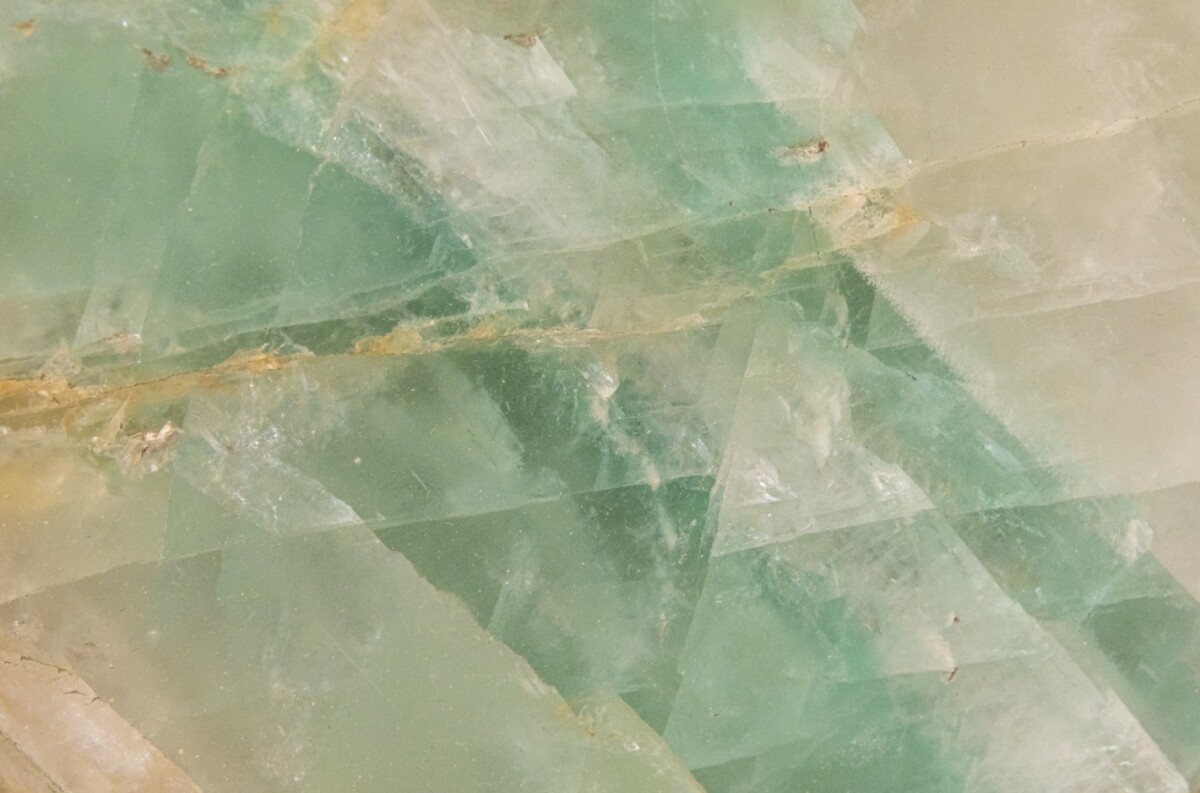
When the Australian Government added fluorine to its Critical Minerals List in December 2023, it did so without much public attention. But that quiet decision signalled a growing recognition that fluorine — once relegated to niche industrial uses — is becoming essential to the technologies underpinning both the energy transition and global competition in advanced computing.
From semiconductors to next-generation batteries, fluorine-based compounds are now essential to a host of emerging industries. The problem? Australia doesn’t produce it.
In a world increasingly focused on technological sovereignty and supply chain resilience, Australia’s dependence on imported fluorine — particularly from China — represents both a strategic risk and an industrial opportunity.
Fluorine does not occur freely in nature. It is primarily produced from fluorspar (also called fluorite), which is processed into compounds like hydrofluoric acid (HF). From there, it becomes a building block for everything from semiconductors to lithium-ion batteries.
As demand for electric vehicles, AI chips and renewable energy infrastructure climbs, fluorine’s role is expanding rapidly. According to Benchmark Mineral Intelligence, fluorspar demand from the lithium-ion battery sector is expected to exceed 1.6mt by 2030.
Meanwhile, global semiconductor sales were $99.5b (US$64.9b) during August 2025, a 21.7% increase year-on-year, according to the Semiconductor Industry Association, with fluorine-based materials playing a non-substitutable role in producing those chips.
A fragile and concentrated supply chain
Despite its growing importance, the fluorine supply chain remains highly centralised and vulnerable.
According to SFA Oxford, China accounts for 63% of global fluorspar production and over 80% of downstream processing, including hydrofluoric acid and fluorochemical derivatives. This dominance means supply chains are exposed to geopolitical tensions, environmental regulation, and price volatility.
In October, China expanded export controls on critical minerals tied to semiconductor manufacturing. These controls now require individual export licenses and security reviews.
This follows similar restrictions on gallium and germanium introduced in 2023 — measures widely interpreted as retaliation against US-led export controls targeting China’s access to advanced chip technology.
Fluorine production is also hard to replicate. It involves hazardous materials, expensive safety infrastructure, and environmental compliance — making it both politically and economically difficult to scale quickly in jurisdictions like Australia.
Australia’s position: potential but no capacity
Australia, despite its resource strengths, has a minimal presence in fluorine supply chains, despite holding known mineral resources. According to Geoscience Australia, Australia ranks ninth globally for economic fluorine reserves.
So far, however, these resources remain largely undeveloped. Australia lacks commercial-scale hydrofluoric acid plants and does not currently process or refine fluorine compounds to high purity levels domestically.
What’s holding Australia back?
Several structural barriers explain Australia’s limited role:
- No current infrastructure: There are no HF production facilities or advanced fluorochemical plants operating at commercial scale.
- Hazardous processing: Fluorine compounds, particularly hydrofluoric acid, are extremely toxic and corrosive. Any new facility would require world-class safety systems and environmental protections.
- Skills and workforce gaps: Australia faces ongoing shortages in chemical engineering, process safety, and semiconductor-aligned trades — fields necessary to build this industry.
- Cost and scale: Competing with established producers, especially China, would require significant investment, favourable policy settings, and secure offtake agreements.
Unless addressed through targeted industrial strategy, Australia risks continuing as a raw materials exporter while value-added fluorine products — and the high-tech industries they support — are developed offshore.
The decision to list fluorine as a critical mineral opens the door to support through the $4b Critical Minerals Facility, administered by Export Finance Australia. It also signals alignment with allied industrial strategies focused on supply chain security.
Australia’s close ties with the US, Japan and the EU — all of which are trying to diversify away from Chinese mineral supply — could create openings for joint ventures, processing hubs, or technology partnerships.
Federal and state governments are also promoting onshore processing for a wider range of critical minerals, including lithium hydroxide and rare earth oxides. Fluorine could slot into these broader strategies — but would need deliberate policy support, given the additional complexity of chemical handling and export controls.
Without such measures, the risk is clear: Australia will continue importing strategic compounds at escalating prices while exporting unprocessed materials — a familiar story in the country’s resource history.
Fluorine may not be visible to most people, but its effects are embedded in daily life. Its absence would be acutely felt if supply were disrupted. While Australia has made a symbolic move by recognising the importance of fluorine, time is running short to turn that recognition into capacity.
The world is beginning to recognise critical minerals as enablers of geopolitical strategy. Whether Australia steps forward to develop fluorine supply, or once again watches the value chain move offshore, remains an open question.


